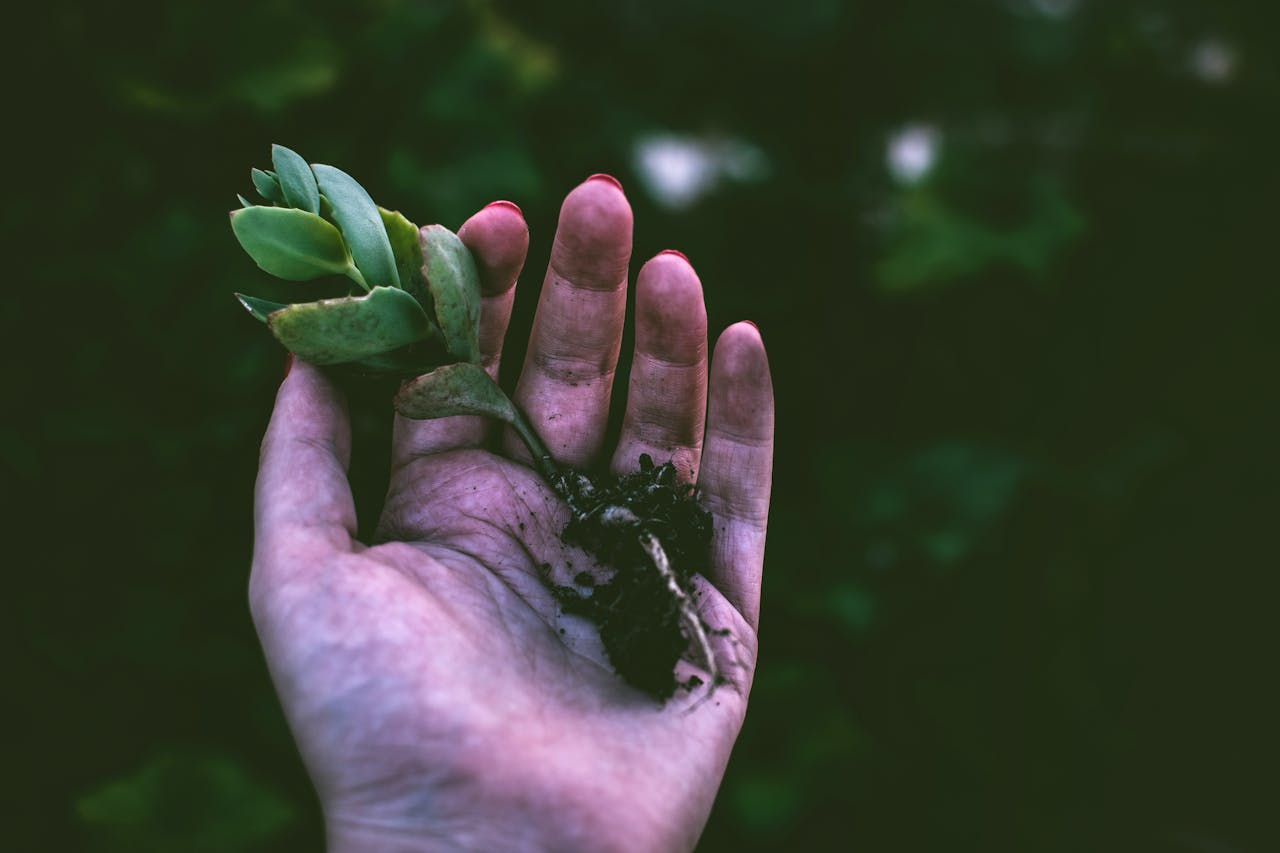7 months ago by Sandeep Kaur
Let's learn gardening today

Gardening is about finding the right combination of sunlight, fertile soil, and water to make your plants thrive. It’s also about fulfilling your passion, so select plants you love. Use the resources here as a starting point, and in no time you’ll have a beautiful garden, no matter what level of gardening experience you have.
GARDENING BASICS
Beginning gardeners are often intimidated by the process of how to start a garden and care for it successfully—after all, there’s a lot involved. From amending your soil with high-quality organic matter to pruning shrubs, you’ll find answers and advice for essential gardening tasks.
1. Know Your Soil Type
Before you begin planting, dig up a scoop of soil and take a look at its texture. Is it dense and heavy and clump together when wet? Or is it loose and free flowing, like play sand? Maybe it’s somewhere in between, feeling somewhat sticky but crumbling easily, like a freshly baked cookie. All soils are a mixture of mineral particles — primarily clay, sand, and silt. Often they will contain higher amounts of one type of particle relative to the others. That doesn’t make them bad growing mediums, but it will affect their density, drainage rate, and capacity to hold nutrients. With each soil type, there are trade-offs. Here’s a quick overview:
- Clay soils have tiny, dense particles that hold large reserves of moisture and nutrients. However, clay soil also drains slowly and can become hard and compacted when dry.
- Sandy soils are just the opposite, with large particles that water moves through easily — along with important nutrients.
- Silts have fine particle sizes that pack together tightly, inhibiting drainage and air circulation.
- Loam is the ideal soil for most plants; it contains a balance of all three mineral particles and is rich in humus (what’s left after organic matter decomposes).
2. Test the pH of Your Soil
The pH of your soil is one of the most important factors in determining its fertility. If your soil is too alkaline (with a pH above 7.5) or to acidic (with a pH below 5.5), that can make a big difference in which nutrients are available to your plants. Although most plants will tolerate a wide range of pH levels, they prefer slightly acidic soils (with a pH of 6 to 7) because important nutrients such as nitrogen, phosphorus, potassium, calcium and magnesium dissolve readily in that environment. In soils that are too acidic or alkaline, your plants may get too much of some nutrients and not enough of others.
TYPES OF FERTILIZER
Organic vs. inorganic:
Fertilizers are available as organic (plant or animal derived) or inorganic (man-made from chemicals). Organic types are better for the environment and help to improve overall soil health. Inorganic fertilizers do nothing to improve soil and have no positive residual effect. In some cases, they can be harmful to the environment and wildlife, so it’s important to weigh the pros and cons before using.
Granular vs. water-soluble:
There are two basic forms of fertilizers, each with advantages and drawbacks. Slow release granular fertilizers have the advantage of delivering nutrients over a longer period of time. Water-soluble fertilizers are faster acting, delivering a boost of nutrients when plants need a quick pick-me-up. These are generally less harsh and not as long-lasting, so need to be applied more frequently.



Beautiful ❤️
Testing
Thanks!
Very helpful tips. Thanks!
Good